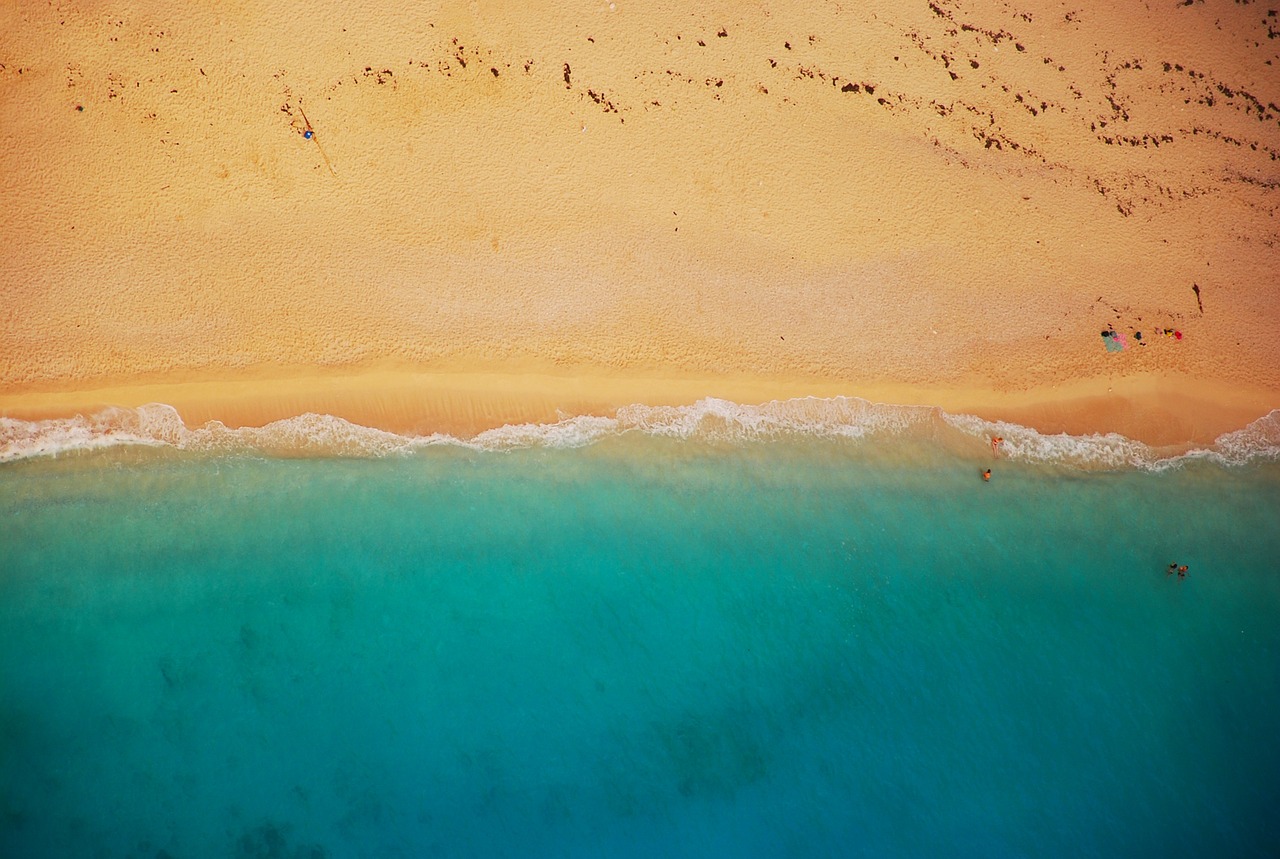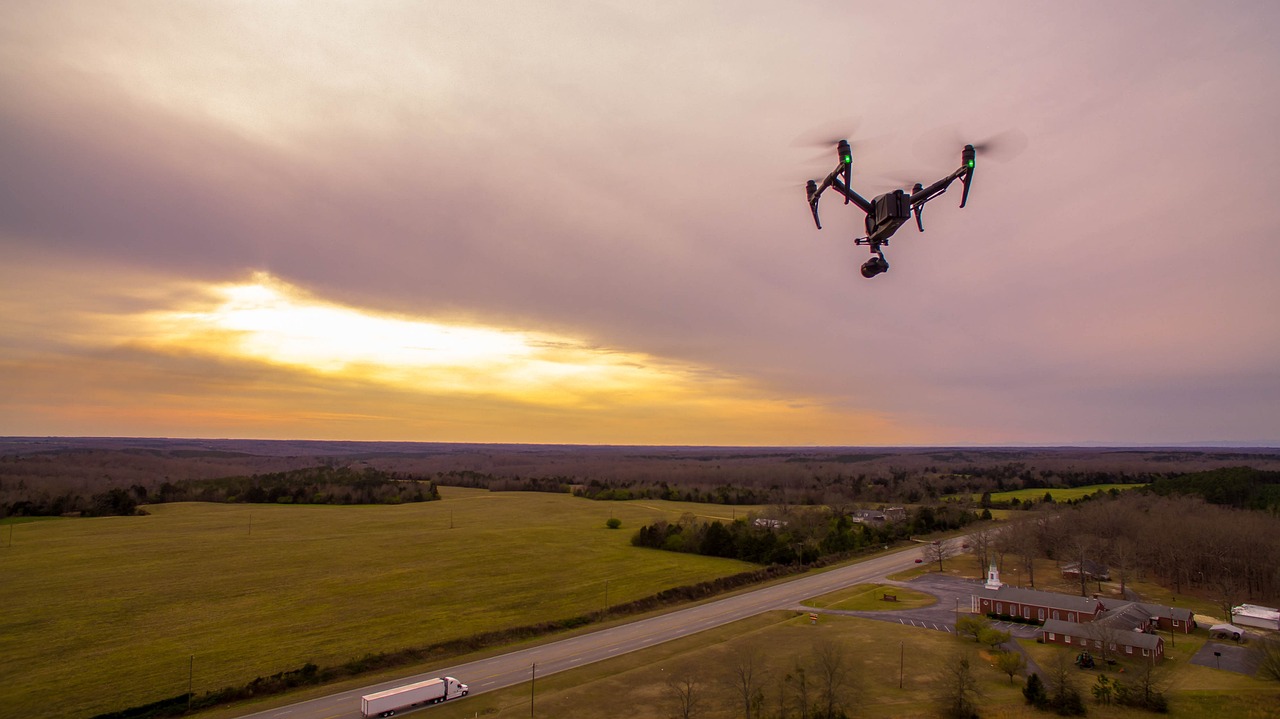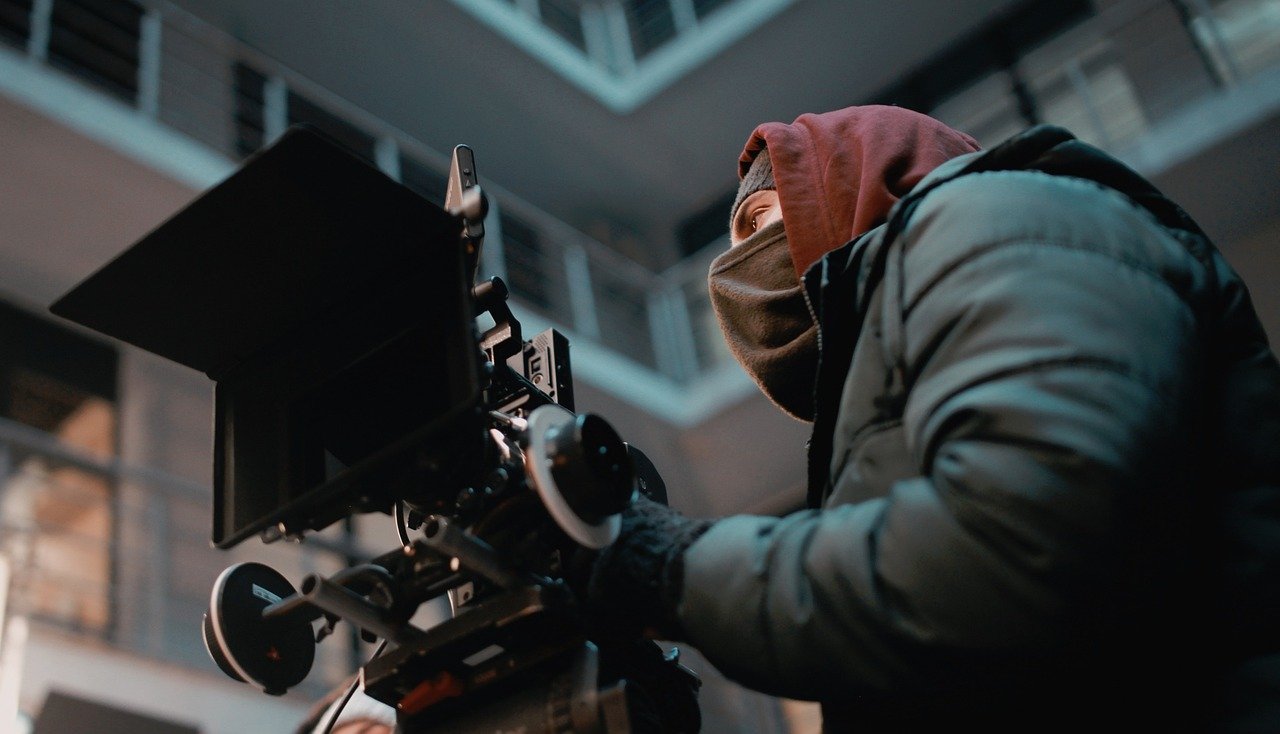Aerial Photography: Capturing the World from Above Aerial photography, also known as airborne imagery, is…
Aerial Photography Services
In today’s fast-paced world, the demand for captivating visual content is on the rise. Whether it’s for real estate, tourism, construction, or events, businesses and individuals are constantly seeking innovative ways to showcase their offerings. This is where aerial photography services come into play. Aerial photography offers a unique perspective that captures breathtaking views from above, providing a fresh and captivating visual experience. In this article, we will explore the world of aerial photography services, their benefits, and how they can enhance various industries.
1. Introduction to Aerial Photography

Aerial photography involves capturing images or videos from an elevated position, usually from an aircraft, drone, or helicopter. This unique perspective offers a bird’s-eye view of landscapes, buildings, events, and other subjects, providing a fresh and captivating visual experience for viewers.
2. Advantages of Aerial Photography Services
Aerial photography services offer several advantages over traditional ground-based photography. Firstly, aerial photography allows for a broader view, capturing larger areas and providing a comprehensive understanding of the subject. It can showcase the scale and context of landscapes, real estate properties, and construction sites in a visually engaging manner.
Furthermore, aerial photography can capture images from angles and heights that are otherwise impossible to achieve. This versatility allows for creative and unique compositions that grab the viewer’s attention. By highlighting the distinctive features and aesthetics of a subject, aerial photography can significantly enhance its visual appeal.
3. Applications of Aerial Photography

The applications of aerial photography services are vast and diverse. In the real estate industry, aerial photographs can showcase properties from a stunning aerial perspective, giving potential buyers a clear understanding of the property’s layout, surroundings, and features. This helps to attract more interested buyers and speed up the sales process.
In the tourism sector, aerial photography enables the creation of captivating promotional materials, such as brochures, websites, and videos. By showcasing breathtaking aerial views of popular tourist destinations, hotels, or resorts, aerial photography can entice travelers and create a desire to explore those destinations.
Aerial photography also plays a crucial role in the construction industry. It allows architects, engineers, and contractors to monitor the progress of construction projects, identify potential issues, and document the various stages of development. Aerial images provide a valuable visual record that helps in project management and can be used for marketing purposes as well.
4. Choosing the Right Aerial Photography Service Provider

When selecting an aerial photography service provider, it is essential to consider their experience, expertise, and portfolio. Look for professionals who have a proven track record in capturing high-quality aerial photographs or videos. Review their previous work to ensure they can deliver the level of quality and creativity you require.
Additionally, consider the equipment and technology used by the service provider. Modern drones equipped with high-resolution cameras and stabilization systems can capture stunning aerial imagery. Ensure that the service provider is up-to-date with the latest equipment and techniques to deliver exceptional results.
5. Factors to Consider for Successful Aerial Photography

Successful aerial photography relies on careful planning and consideration of various factors. Weather conditions play a vital role, as clear skies and suitable lighting conditions are essential for capturing stunning aerial shots. Timing is crucial, as different times of the day offer unique lighting and shadows that can enhance the visual impact of the photographs.
Understanding the subject and its surroundings is also crucial. By knowing the key features, landmarks, and points of interest, the aerial photographer can focus on capturing the most compelling aspects. Additionally, coordinating with ground personnel, if required, ensures a smooth and safe aerial photography session.
6. Aerial Photography Equipment and Techniques

Aerial photography equipment has evolved significantly in recent years, thanks to technological advancements. Drones equipped with high-resolution cameras and stabilized gimbals allow for precise control and the capture of clear, detailed, and vibrant images. Professional drones also offer various flight modes, such as waypoint navigation and orbiting, enabling more creative compositions.
Photographers often use post-processing techniques to enhance the captured aerial images further. Software tools like Adobe Photoshop and Lightroom enable adjustments in exposure, colors, and sharpness, ensuring the final photographs are visually stunning and impactful.
7. Legal and Safety Considerations in Aerial Photography

Operating drones for commercial aerial photography purposes requires compliance with legal regulations and safety guidelines. It is essential to research and adhere to the specific rules and restrictions imposed by the local aviation authorities. This may include obtaining licenses or permits, adhering to altitude limits, and maintaining a safe distance from people, buildings, and airports.
Safety is of utmost importance in aerial photography. Pilots and photographers should conduct thorough pre-flight inspections of the equipment, ensure proper battery levels, and maintain visual line of sight during flights. Additionally, understanding emergency procedures and having contingency plans in place is crucial for safe and responsible aerial photography operations.
8. Tips for Capturing Stunning Aerial Photographs

To capture stunning aerial photographs, consider the following tips:
- Plan your shots in advance, taking into account weather conditions and lighting.
- Experiment with different angles, heights, and compositions to find the most compelling shots.
- Use the rule of thirds to create visually balanced and aesthetically pleasing compositions.
- Incorporate leading lines, patterns, and textures to add depth and visual interest to your photographs.
- Explore different camera settings and modes to achieve the desired exposure and sharpness.
- Capture images in RAW format to retain more details and flexibility during post-processing.
- Practice flight maneuvers and become familiar with the drone’s controls for smooth and precise movements.
9. Post-Processing and Editing for Aerial Photographs

Post-processing plays a crucial role in enhancing the quality and visual impact of aerial photographs. Professional photographers often use software tools like Adobe Photoshop or Lightroom to adjust exposure, color balance, sharpness, and remove any unwanted elements from the images. Care should be taken to maintain a natural and realistic look while enhancing the overall visual appeal.
10. The Future of Aerial Photography

As technology continues to advance, the future of aerial photography looks promising. Advancements in drone capabilities, such as longer flight times, higher resolutions, and improved stability, will enable photographers to capture even more stunning and immersive aerial imagery. Additionally, emerging technologies like virtual reality (VR) and augmented reality (AR) may revolutionize the way we experience aerial photography, providing more interactive and engaging visual content.
Conclusion
Aerial photography services offer a unique and captivating visual experience that can elevate various industries. Whether it’s for real estate, tourism, construction, or events, aerial photography provides a fresh perspective that attracts attention, enhances marketing efforts, and showcases subjects in a visually appealing manner. By leveraging the advancements in equipment, technology, and post-processingtechniques, aerial photographers can capture stunning images that leave a lasting impression on viewers.
FAQs
- Can anyone fly a drone and capture aerial photographs?
- No, operating a drone for commercial purposes requires proper licensing and compliance with local aviation regulations. It is essential to hire a licensed and experienced aerial photography service provider.
- Are there any restrictions on where aerial photography can be conducted?
- Yes, there are specific no-fly zones and altitude restrictions that need to be followed. It is important to research and adhere to the local regulations and guidelines to ensure safe and legal aerial photography operations.
- How long does it take to receive the final aerial photographs?
- The turnaround time for receiving the final aerial photographs may vary depending on the scope of the project and the post-processing requirements. It is best to discuss the timeline with the aerial photography service provider before the project begins.
- Can aerial photography be used for marketing purposes?
- Yes, aerial photography is highly effective for marketing purposes. It can enhance promotional materials, websites, brochures, and social media campaigns, attracting more attention and creating a memorable visual impact.
- Are there any privacy concerns related to aerial photography?
- Privacy concerns can arise with aerial photography, especially when capturing images of private properties or individuals. It is important for aerial photographers to respect privacy laws and obtain necessary permissions when required.




